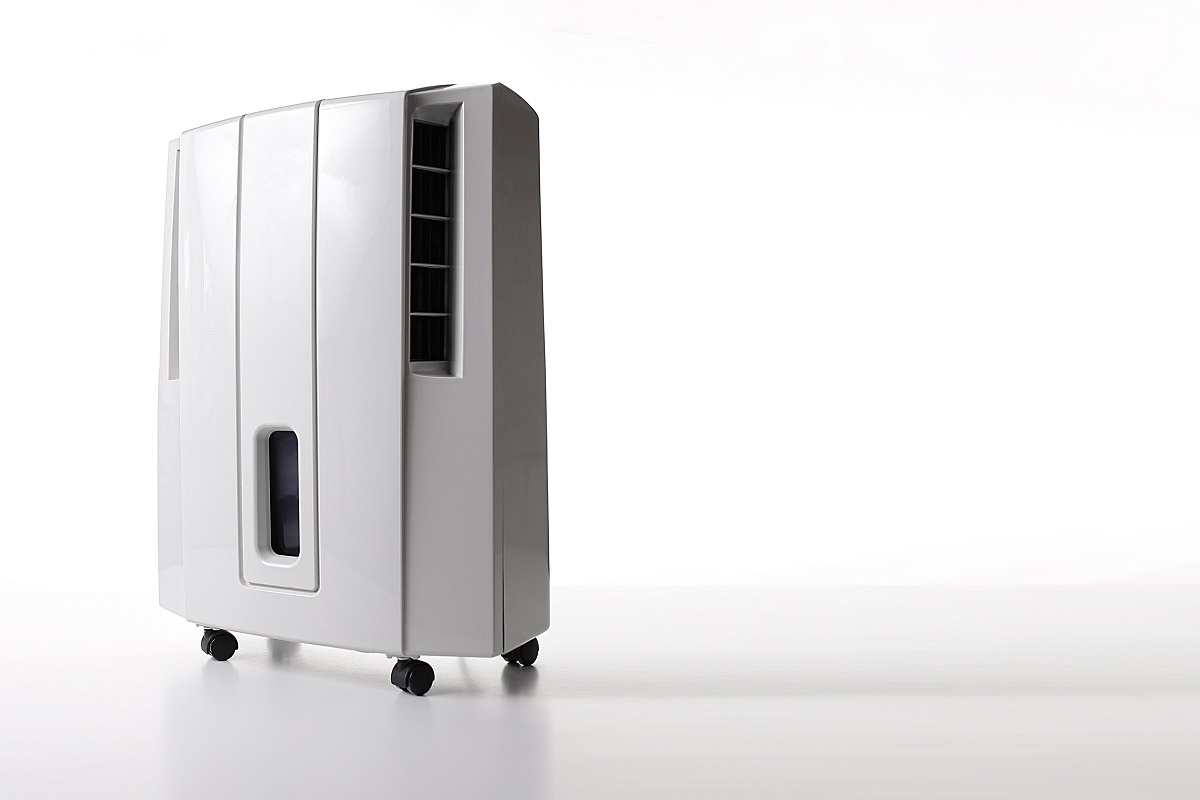- Keep the air clean and fresh using natural cleaning products, reduce indoor smoking, and use air purifiers.
- Maximize natural light by opening curtains and blinds or installing a skylight.
- Declutter regularly to avoid the buildup of dust, mites, and other allergens.
- Use plants to purify the air and improve humidity levels.
- Foster a sense of peace and relaxation to benefit health in the long run.
No matter how much people prioritize their physical health and wellness, sometimes they overlook the importance of maintaining a healthy atmosphere in your home. From the air quality you breathe to the cleanliness of the surfaces you touch, ensuring that your living spaces promote good health and well-being is crucial.
This blog post will explore tips and tricks for promoting a healthy home atmosphere that you and your loved ones will appreciate.

Keep the Air Clean and Fresh
Indoor air quality can significantly impact your health, especially when polluted with harmful substances like mold, dust, or chemical emissions. To reduce the risk of respiratory issues and allergies, ensure your home has proper ventilation and invest in air purifiers to filter contaminants.
Natural Cleaning Products
Use natural cleaning products instead of harsh chemicals to avoid releasing toxic fumes into the air. Finally, reduce indoor smoking and burning of candles or incense, as these activities can cause a rapid buildup of pollutants in the atmosphere. Taking some simple steps can help keep your home’s air clean and fresh so everyone can breathe easier.
Get Plenty of Natural Light
Natural light is a great way to boost your mood and energy levels while also providing some much-needed vitamin D. So try to keep your curtains and blinds open during the day or add extra windows to maximize the natural light in your home.
Skylights
You can also allow natural light to enter the home by installing a durable pyramid skylight. The addition also saves you utility expenses since you do not have to turn on the lights during the daytime. Additionally, you should look for a skylight that features high-performing glazing to allow it to retain heat during winter. This can help keep the home warm during winter.
Sit Outside
You can also sit outside for a few minutes to let the natural light in or walk around your neighborhood during sunlight hours. Additionally, try to get some full-spectrum lighting that mimics natural light, like halogen bulbs and flexible LED lights. This will help minimize the risk of Seasonal Affective Disorder (SAD) and help you maintain your productivity levels during the winter months.
Use Wall Mirrors
A great way to reflect natural light throughout your home is to strategically place wall mirrors in areas like hallways, stairways, and other parts of the house. This can help create an illusion of more space while reflecting natural light around the interior. And if you’re looking for a cost-effective way to boost the light in your home, try hanging mirrors close to windows.
Minimize Clutter and Dust
Cluttered and dusty spaces can create a breeding ground for allergens and bacteria, potentially leading to illnesses and respiratory issues. To prevent this, declutter your home regularly and keep surfaces as clean as possible. Vacuum carpets and rugs frequently, change your bedding weekly, and wash your curtains and blinds once a month.
Store Less Used Items
Any items that are not frequently used should be stored away, and all books, toys, and clothes should be put away when not in use. Don’t forget to dust surfaces regularly, too – a damp cloth or microfibre duster will help to remove any lingering dust particles. Finally, always ensure that your home is well-ventilated to avoid the buildup of dust mites and other allergens.

Use Plants to Purify the Air
Not only do plants add some visual appeal to your home, but they also have air-purifying properties that can improve indoor air quality. Some of the most effective plants for air purification include spider plants, peace lilies, and bamboo palms.
Absorb Pollutants
These plants absorb pollutants in the air and filter out toxins, helping reduce odors and keep your home fresh. For optimum effect, place several plants around your home or office. Be sure to include some taller varieties, too, as they can help to circulate air throughout the space. Watering your plants regularly and keeping the soil moist is vital to help them thrive.
Indoor plants also have the added benefit of providing oxygen and improving humidity levels in your home. Increasing moisture can make the air feel cooler in summer while helping to reduce static electricity and prevent dry skin during winter.
Creating a healthy home atmosphere is something you can all do with a bit of effort and attention. Whether it’s minimizing clutter, improving indoor air quality, or letting natural light into your spaces, many ways exist to create a peaceful and healthy living environment. By prioritizing the health and well-being of your home, you can foster a sense of peace and relaxation that benefits everyone in the long run.


